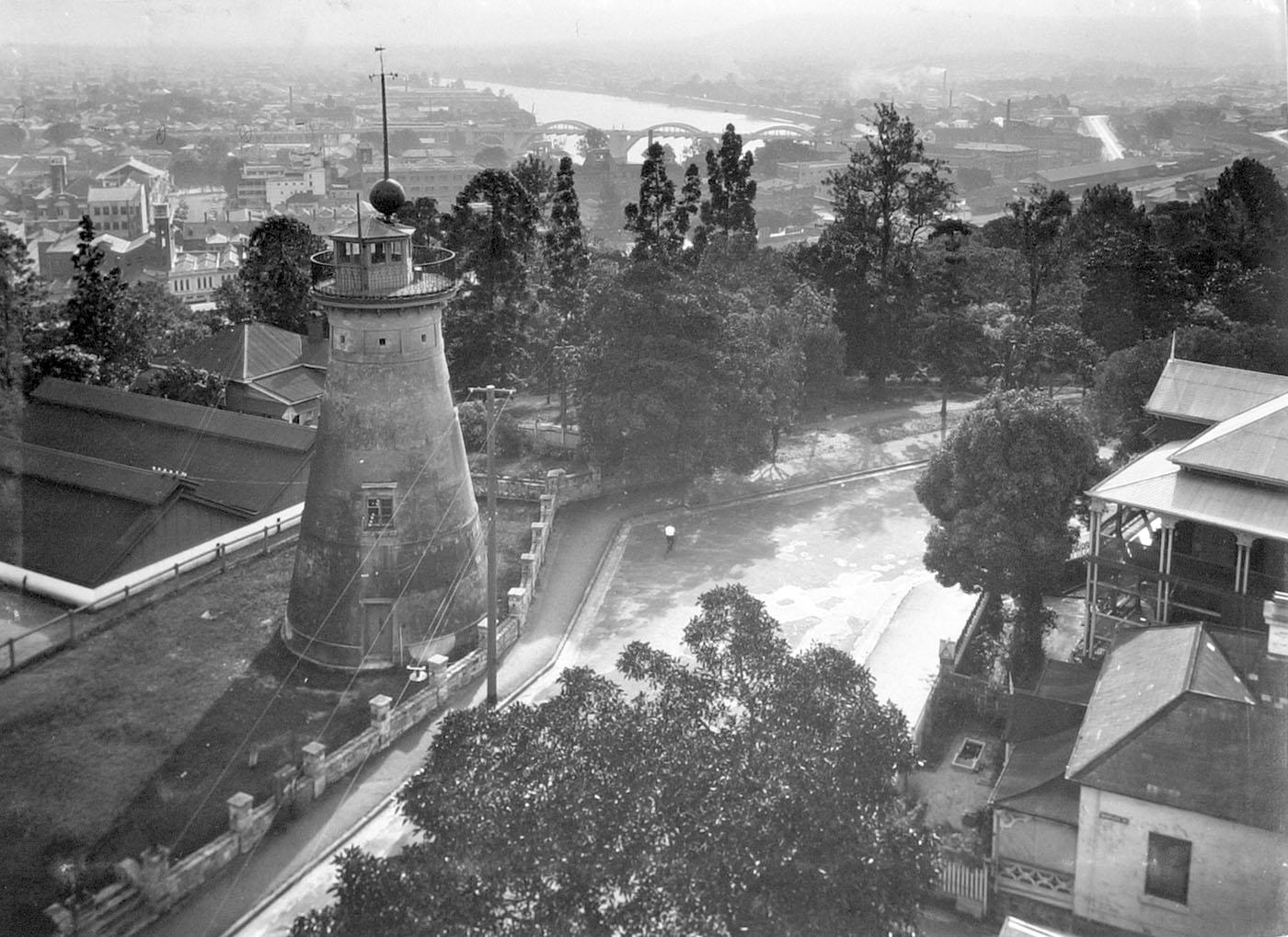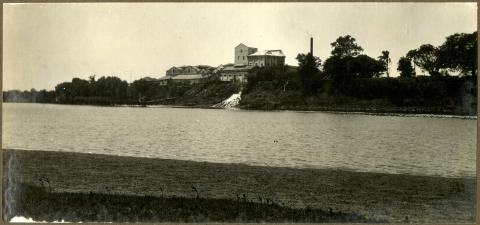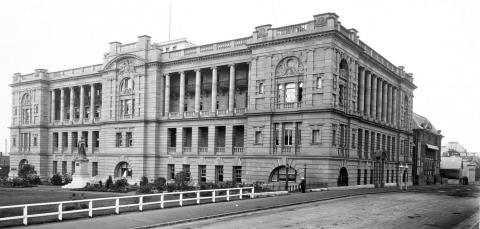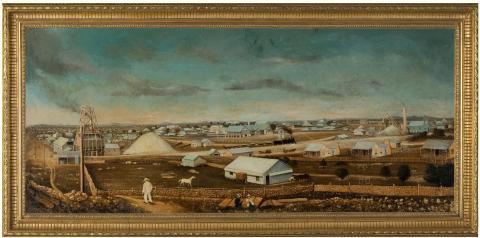
- News of the day
-
Courier-Mail, Friday 3 August 1934, page 16
OLD BRISBANE
Historic Scenes Recalled
Historic scenes and incidents associated with the early days of Brisbane were recalled in a lantern lecture by Mr. C. H. Gough last night.
Convict days were recalled by a slide from a print of 1830, showing a long line of convicts with chains clanking on their ankles marching wearily up a bush track to the windmill on the hill, which was regarded by the convicts as 'the tower of torture.' Here they worked the treadwheels which provided the power for the grinding of the maize, grown in the clearings. The first hanging in Brisbane was that of two aborigines who were hanged from a plank outside one of the windows of the mill. Now, 100 years later a man worked in the old mill perfecting television! 'It is a wonderful age,' said Mr. Gough. 'I remember paying 1/ to put rubber tubes in my ears to hear one record on the talking machine. The demonstration was given in a room in The Courier buildings.'
- Background
-
The Old Windmill Tower is culturally significant as the oldest surviving European structure in Queensland, and one of only two surviving convict-built buildings in Brisbane. It is a reminder of the early difficulties encountered in establishing the small convict settlement that developed into the present city of Brisbane. The Old Windmill Tower at Spring Hill was constructed to support the needs of the convict penal settlement established in Brisbane in 1825. Maize and wheat were being cultivated in the area but there was no efficient way of grinding the grain into meal and flour. In 1827 Captain Patrick Logan, Commandant of Moreton Bay, proposed construction of a treadmill that would serve as both a facility to grind grain and a means of punishment for convicts who committed offences while at the settlement. The mill tower was constructed during 1828 and included two sets of millstones, one linked to a treadmill and one driven by rotating wind-sails.
Work at the treadmill was usually carried out from sunrise to sunset, with a three-hour break in the middle of the day in summer, or a two-hour break in cooler months. Sixteen men were constantly on the wheel, with another ten providing relief. The work was repetitive, exhausting and dangerous. Convict, Michael Collins, died in 1829 when he became entangled in the treadmill wheels, but the treadmill continued to be used until 1839.
For more on the history of the old windmill tower, see Brisbane heritage sites
/153.0231818,-27.4656159,7/450x450@2x.png?access_token=pk.eyJ1IjoicXNhLWRpc2NvLXFsZCIsImEiOiJjamJmdTgyZXEyeWNjMnlxZm8xcmtieHgxIn0.lmT9J5tTPKGuuccQgCVSAg)



